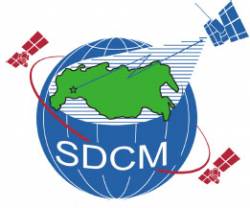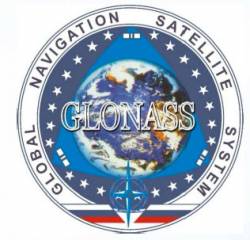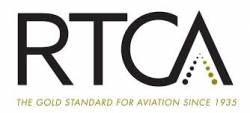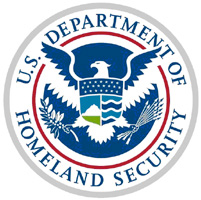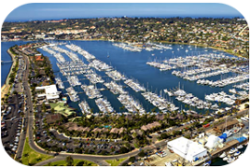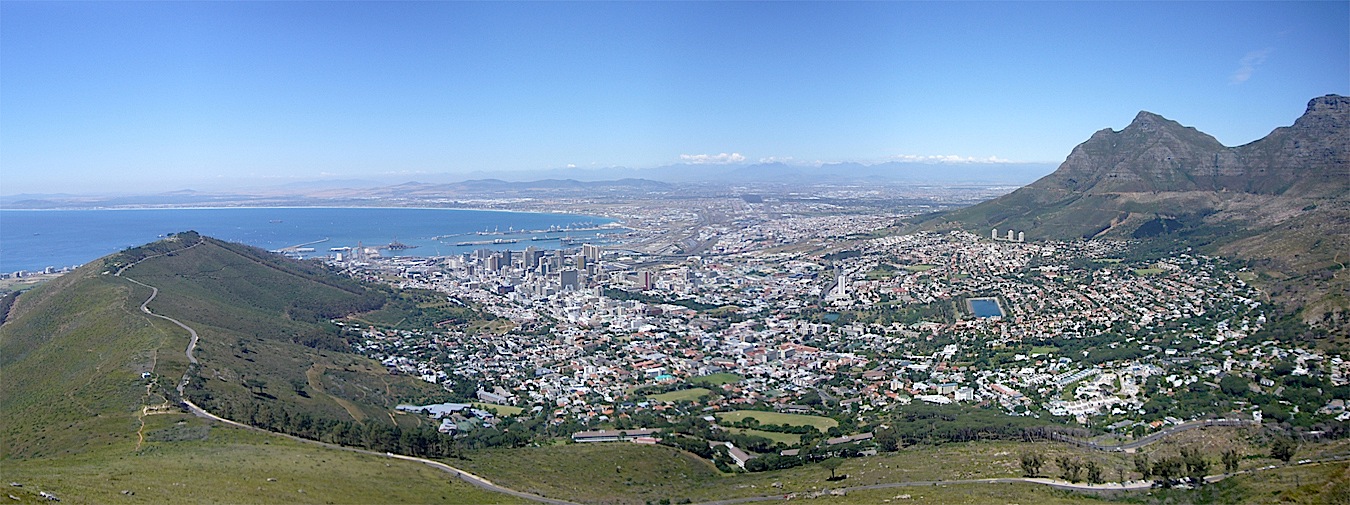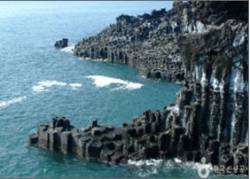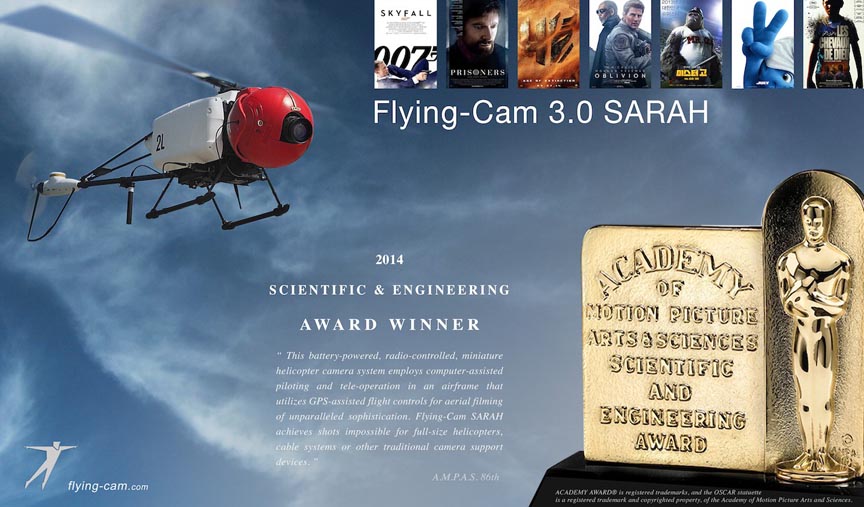FCC Courts GPS Community in Effort to Solve Spectrum Crunch
Federal Communications Commission (FCC) officials took a new tack last Friday (June 20, 2014) in their search for frequencies for mobile broadband, kicking off what they said they hoped would become an industry partnership that can find ways to get more out of the radio spectrum while protecting GPS.
By Inside GNSS

